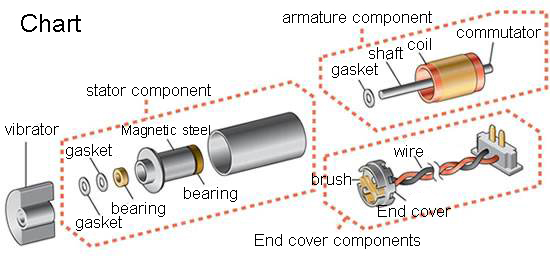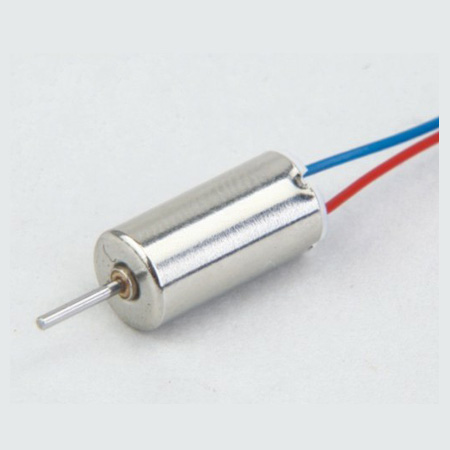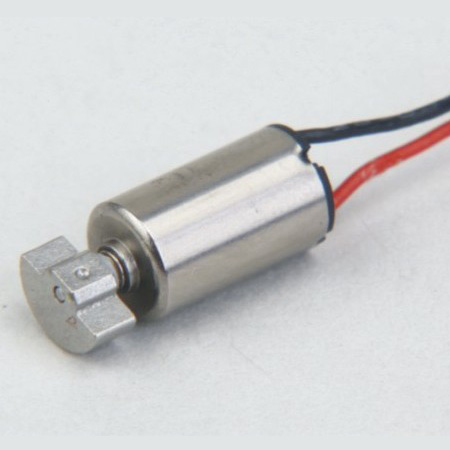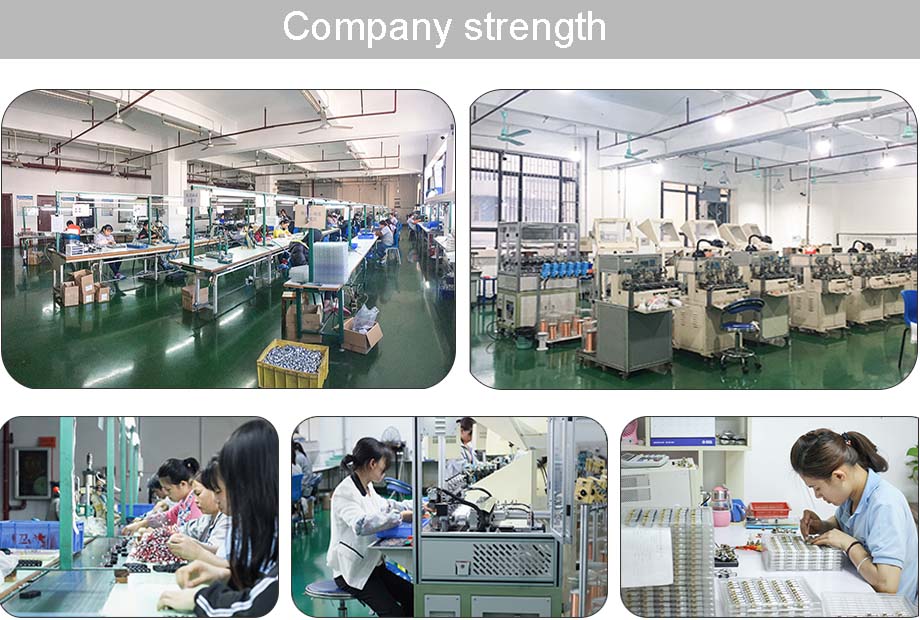The pickup distance refers to the distance from the microphone's set position to the sound source. The pickup effect of the microphone is closely related to its pickup distance. The proper ratio between the direct sound of the sound source to the microphone and the reverberation sound is the main basis for the position of the microphone. When the pickup distance of the microphone is greater than the reverberation radius, when the pickup signal distance is smaller than the reverberation radius, the direct sound is greater than the reverberation sound, so that the sound clarity is higher. Therefore, different pickup distances can form different program styles, resulting in different artistic effects.
There are usually three ways to pick up sounds:
1. The remote sound pickup microphone is set to pick up sound far away from the sound source, for example, to set a sound near or near the reverberation radius. This is a traditional pickup technique. For example, when recording a classical music piece played by a band or a program such as a chorus, the method is used to pick up the sound. At this time, among the signal components picked up, there are more reverberation sounds, resulting in a magnificent momentum; the voices naturally merge, have a certain sense of depth and layering, appear real, and the sound quality is strong and thick.

However, when picking up the language sound, the pickup distance is far, the signal strength is weakened, and the received reverberation sound is more, thus affecting the clarity of the language.
2. The close-range sound pickup microphone is set to pick up the sound near the sound source. At this time, because the microphone mainly picks up the direct sound within the reverberation radius, the sound pickup has high definition and bright sound quality. This method is used when the sound source has a small width and a light volume. For example, the volume of the guitar is small, so you can consider using this method to pick up the sound, the pickup distance is 50cm~80cm; when picking up someone's speech, the pickup distance is 20cm~30cm.
When the acoustic characteristics of the recording site are not ideal, you can also consider using this method to pick up the sound. For example, when recording in a large-volume closed room, because the indoor reverberation time is long, the clarity of the language will be affected. Therefore, a close-range sound pickup method should be adopted to minimize the influence of the environment on the sound quality.
After the popularity of sound processing equipment such as reverberation sound, the close-range sound pickup method has been more widely used. People like to use this method to pick up a very clear and clean direct sound, and then process it through reverberation, etc., which has formed a sound that is completely different from the sound picked up by long-distance pickup. This is the modern style of recording.

However, when the pickup distance is less than a certain value, due to the influence of the microphone "because of the near effect", the low frequency component in the sound pickup signal is improved, causing the sound to be distorted; the user's breathing sound and the sound of the mouth sound when speaking are cut. The noise is also clearly picked up at the same time, which affects the recording effect.
In short, the main purpose of close-range pickup is to directly pick up the direct sound of the sound source to reduce the indoor reverberation and other parts of the crosstalk, thereby improving the definition. However, it also has the characteristics of poor integrity, lack of integration, and sound quality. Close-range sound pickup technology is widely used in studios with short reverberation time.
3. Direct pickup The above two pickup technologies are all indirect pickups of air as the medium. The direct pickup method is to attach the microphone to the surface of the sound source for pickup, and it conducts with fixed vibration. This method can be used to pick up the guitar.
Micro Coreless Motor product introduction:
Micro Coreless Motor in structure broke through the traditional motor rotor structure, USES is no rotor, also called the hollow rotor cup type.Hollow cup motor with brush and brushless divides into two kinds, brush with hollow cup motor rotor iron core, without brush hollow cup motor stator iron core.Winding adopts delta connection.

Function: fast speed, suitable for aircraft model, electric toothbrush,USB fan and other products.

Characteristic: the volume is 6MM 7MM fast.
Features: small size, fast speed, dc high speed motor starting voltage 0.6v is not possible for other motors.Wear shaking head, strong vibration feeling.

Operating temperature range:
Micro Coreless Motor should be used at a temperature of -10~60℃.
The figures stated in the catalog specifications are based on use at ordinary room temperature catalog specifications re based on use at ordinary room temperature (approximately20~25℃.
If a Micro Coreless Motor is used outside the prescribed temperature range,the grease on the gearhead area will become unable to function normally and the motor will become unable to start.Depending on the temperature conditions ,it may be possible to deal with them by changing the grease of the motor's parts.Please feel free to consult with us about this.
Storage temperature range:
Hollow cup motor should be stored ta a temperature of -15~65℃.
In case of storage outside this range,the grease on the gearhead area will become unable to function normally and the motor will become unable to start.
Service life:
The longevity of hollow cup motor is greatly affected by the load conditions , the mode of operation,the environment of use ,etc.Therefore,it is necessary to check the conditions under which the product will actually be used .The following conditions will have a negative effect on longevity.Please consult with us should any of them apply.â—Use with a load that exceeds the rated torque
â—Frequent starting
â—Momentary reversals of turning direction
â—Impact loads
â—Long-term continuous operation
â—Forced turning using the output shaft
â—Use in which the permitted overhang load or the permitted thrust load is exceeded
â—A pulse drive ,e.g.,a short break,counter electromotive force,PWM control
â—Use of a voltage that is nonstandard as regards the rated voltage
â—Use outside the prescribed temperature or relative-humidity range,or in a special environment.
â—Please consult with us about these or any other conditions of use that may apply,so that we can be sure that you select the most appropriate model.
when it come to volume production,we're a major player as well .each month,we rurn out 600000 units,all of which are compliant with the rohs directive.Have any questions or special needed, please contact us, we have the engineer group and best sales department to service to you Looking forward to your inquiry. Welcome to our factory.

Micro Coreless Motor
Micro Coreless Motor,Micro Coreless Dc Motor,Low Speed Micro Coreless Motor,Micro Geared Coreless Motor
Shenzhen Shunchang Motor Co., LTD. , https://www.scgearmotor.com